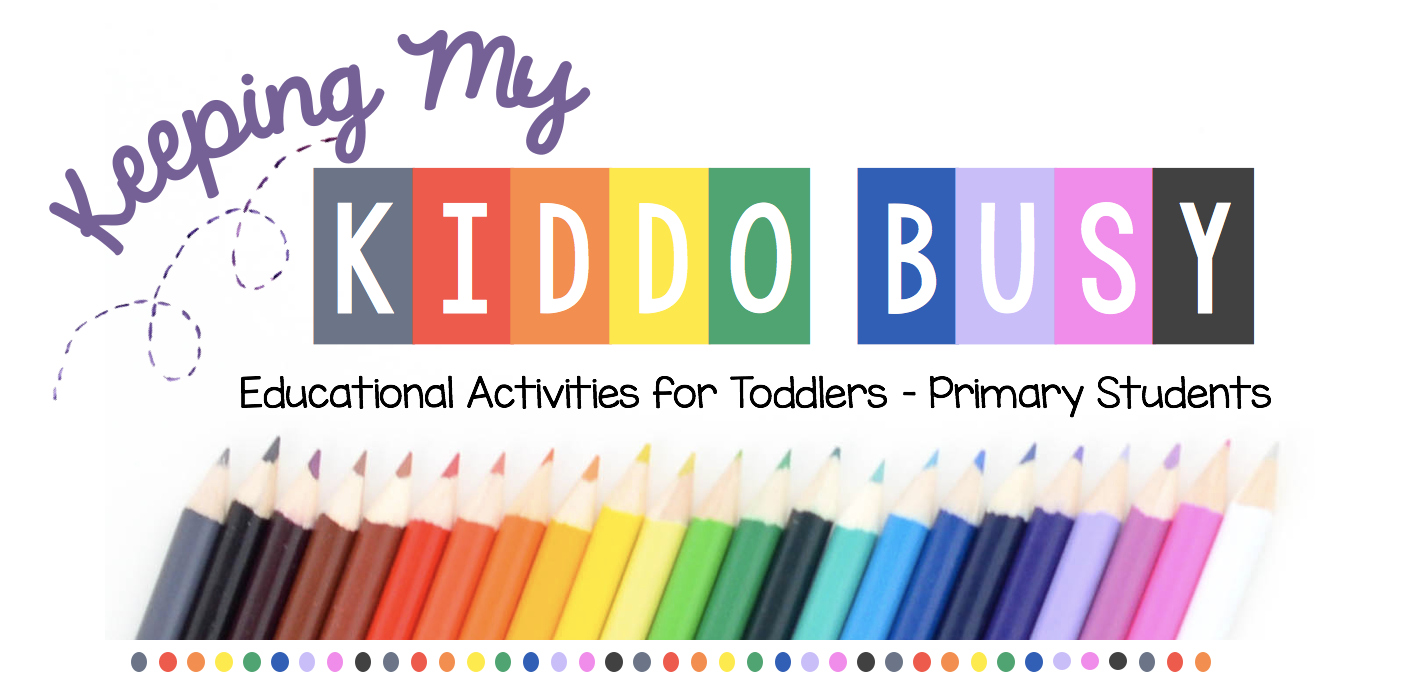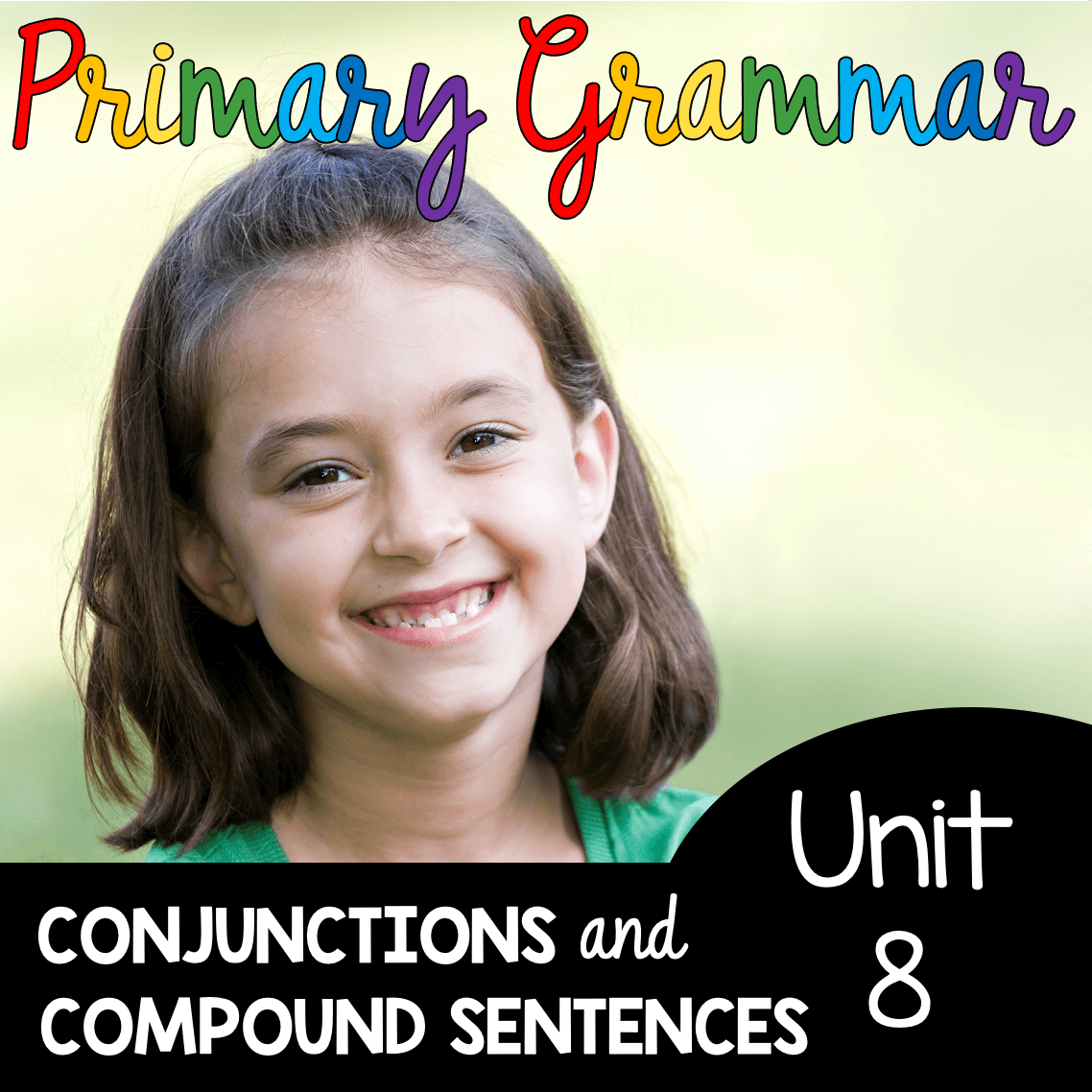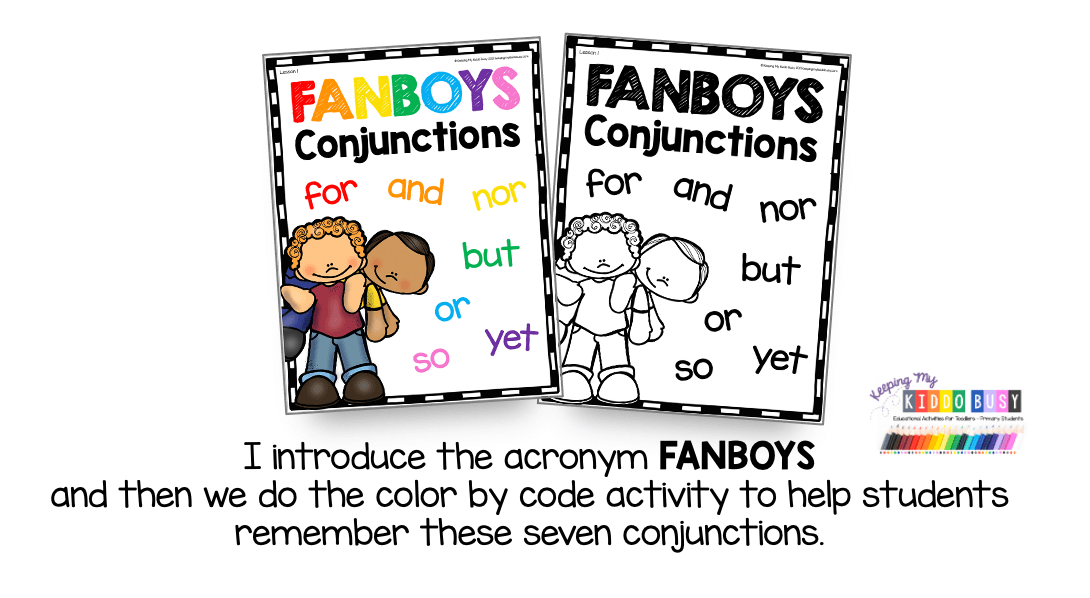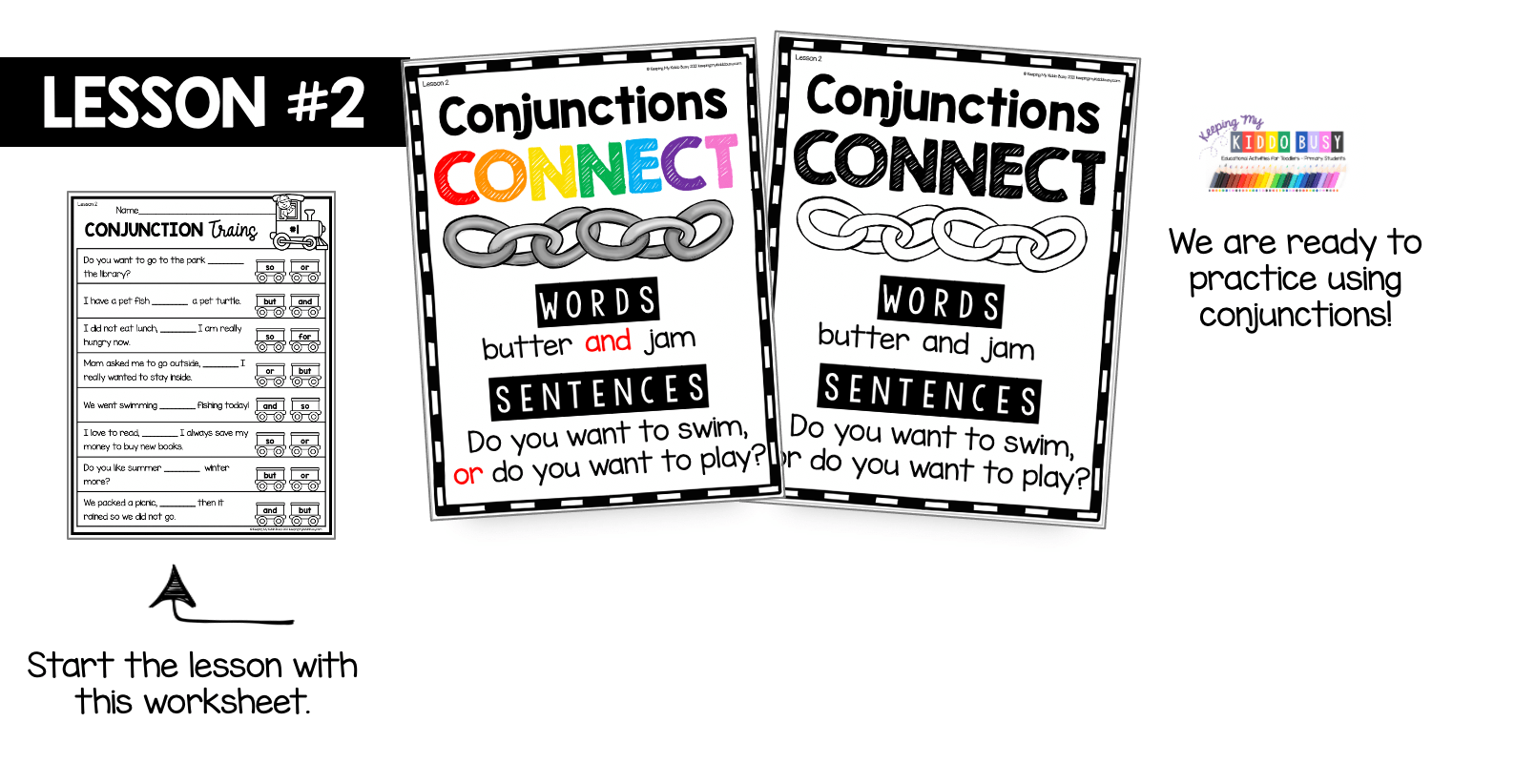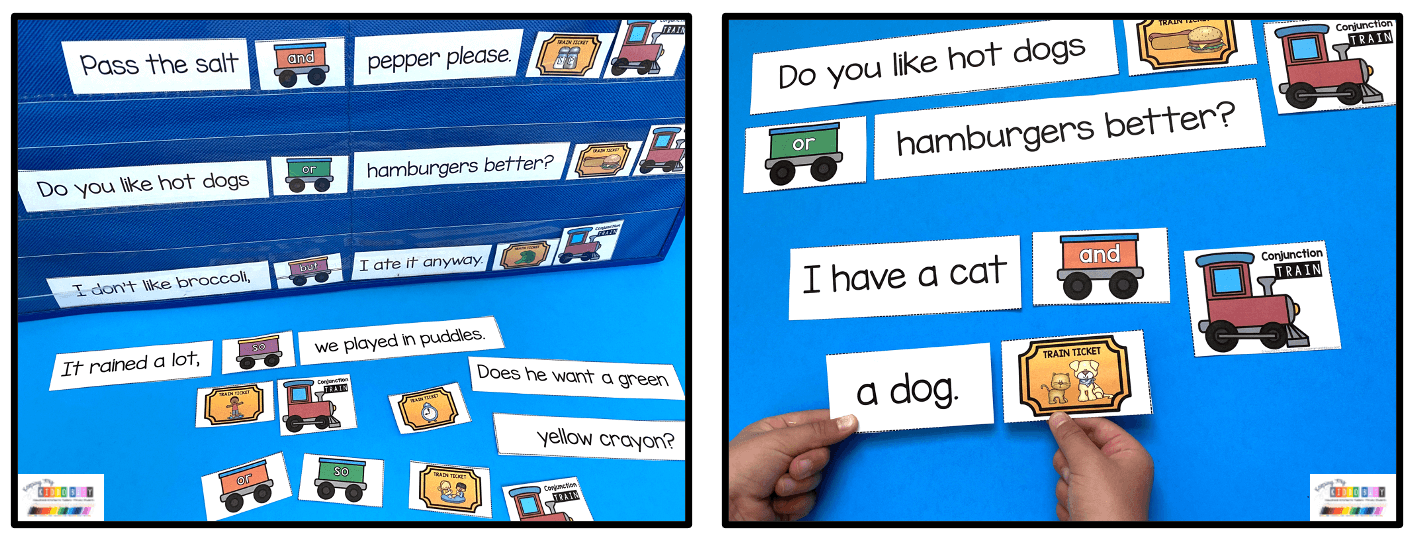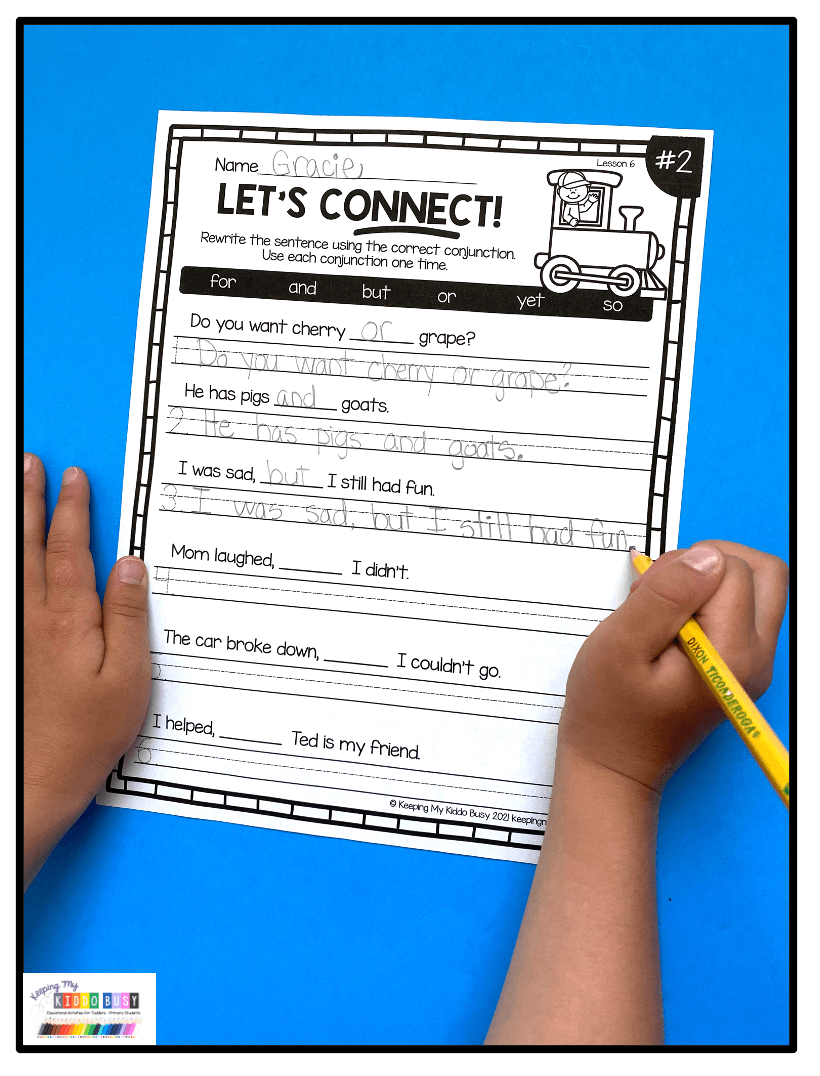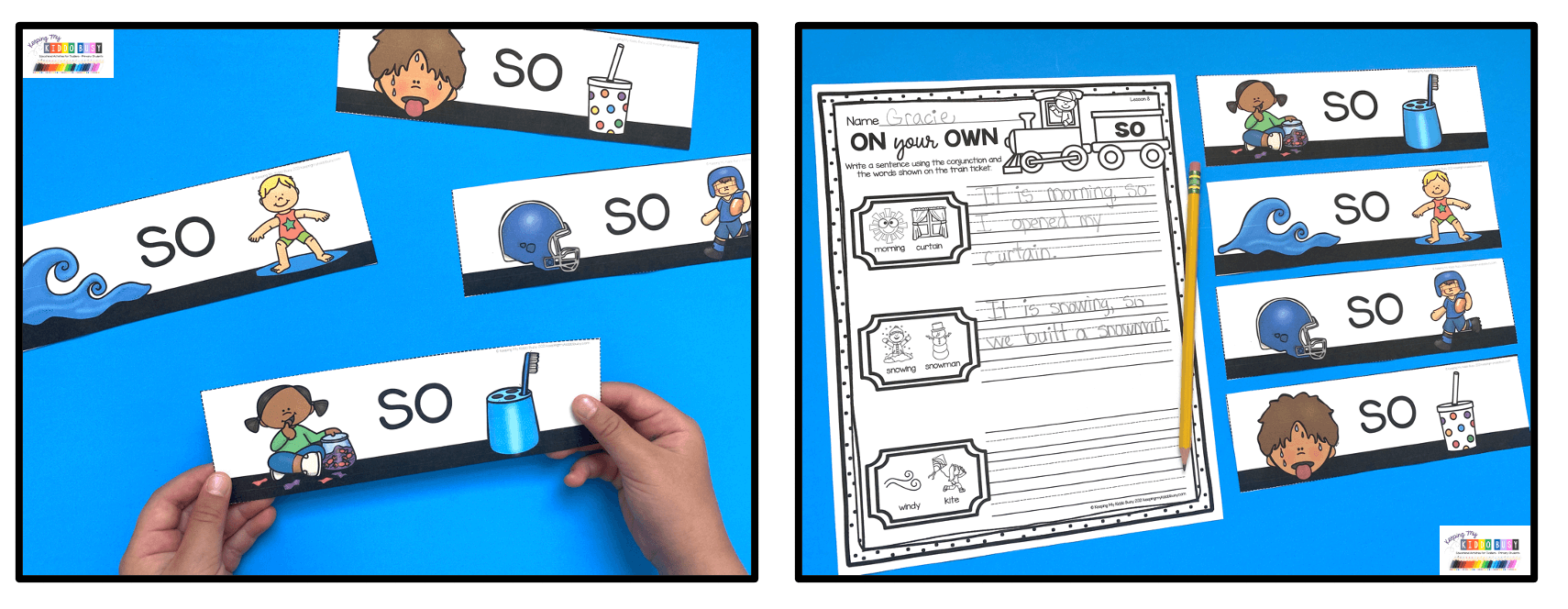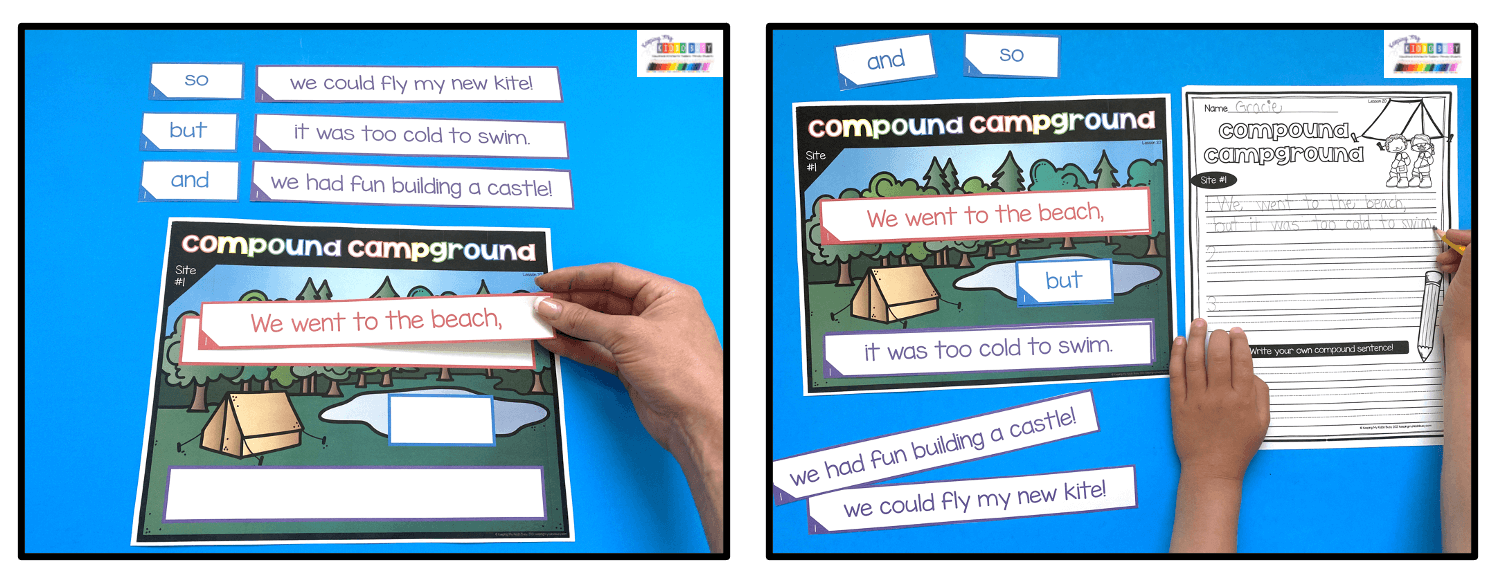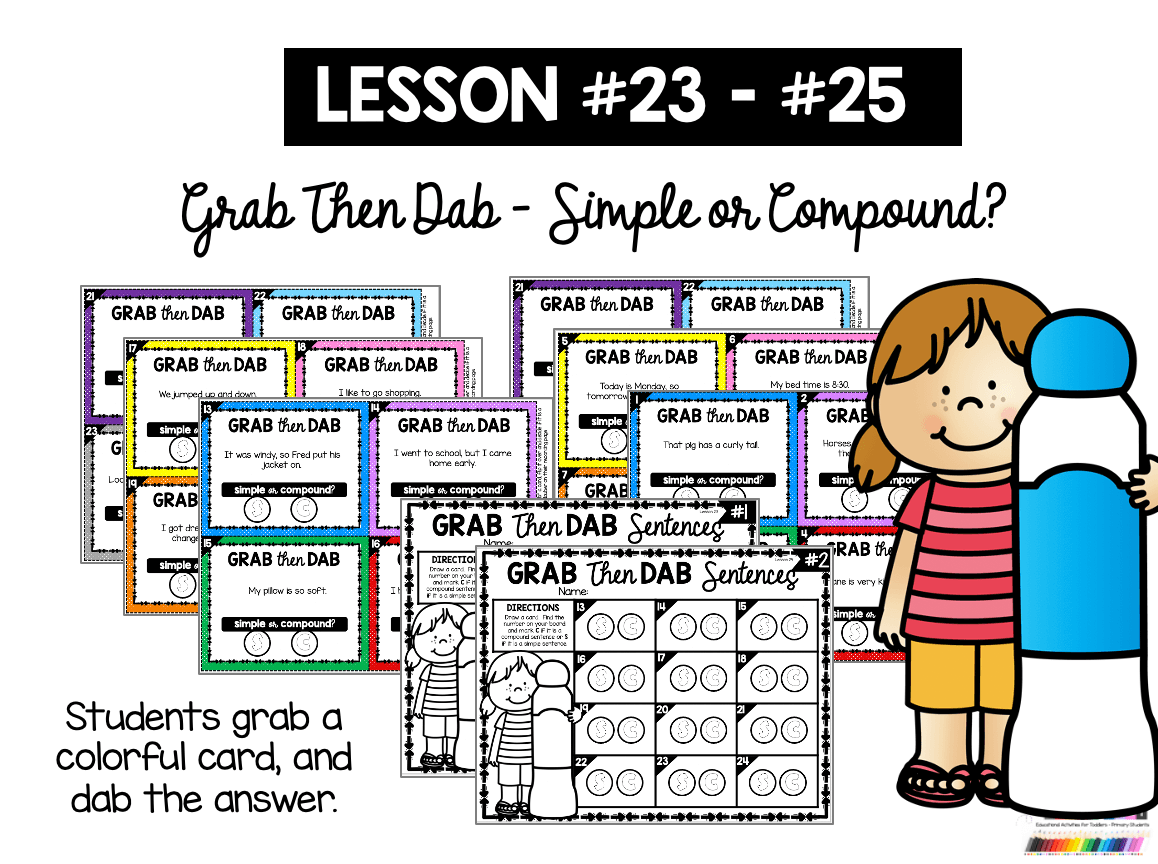How to teach conjunctions and compound sentences GRAMMAR FREEBIES
PRIMARY GRAMMAR: UNIT 8
Is it really necessary to teach primary students grammar?
Without a doubt, my answer is YES. Teaching young children the way our language works is incredibly important.
This will help them be better readers and better writers, because they understand the basic foundation of our language.
By the end of kindergarten, and into first and second grades, we want to encourage our students to move past writing short, simple sentences. This unit is so fun, and students learn so much!
This page contains affiliate links. Read Full Disclosure
My students have come so far with their grammar skills in units 1-7. Our language has improved so much as we have been learning about nouns, adjectives, verbs, adverbs, capitalization, punctuation and contractions.
I am so excited to dive deep into how to use conjunctions to connect words, phrases and simple sentences. This is such a lightbulb moment for so many students, and it completely transforms their writing.
I share free resources right here on this blog post for you to try!
Let’s get started!
This unit teaches students how to use specific conjunctions to connect words and sentences.
We focus on coordinating conjunctions: for, and, nor, but, or, yet, so
Specifically, we work the most with the common conjunctions: and, but, or, so
This is the perfect activity to introduce the conjunctions we will be learning about.
After we go over the anchor chart and slides, students do the color the conjunctions activity page.
I love using trains to help students understand how conjunctions connect words and phrases.
The picture of chains really helps too! In the video below, they use trains and chains to “hook up words together”.
You can display the color anchor charts and students can put the black and white version in their grammar note books to color and refer to.
This is such a fun game! I play it whole group first to show students how it works and how conjunctions connect!
Each train needs two strips, plus a conjunction car, picture ticket and engine to be complete.
I encourage students to say sentences and words out loud so they can hear if it makes sense.
I get asked all the time what to do with advanced kindergarten students? My answer is more grammar and writing! It will help them become even better readers.
This unit targets first and second grade standards but can be used with a variety of grade levels including end of the year kindergarten students. It does such a good job of breaking down sentence building into manageable pieces.
Next we make a conjunction flip book that is super easy and requires no staples or tape!
They simply cut, glue the side and under each flap they can write a sentence with that conjunction. For the trickier words, we do it together (such as nor and yet).
I use the picture cards for oral practice only, or to model on the board how to write a sentence using the conjunction.
I love to hear the sentences they come up with, because it isn’t always what I had thought of.
Practicing coming up with sentences to match the pictures provides the perfect scaffolding going into the On Your Own pages shown above. This is where they show what they know!
Teaching compound sentences can seem very overwhelming. I promise, it is not!
Keep it very simple, provide a ton of scaffolding and repeat, repeat, repeat! Even repeat the same slides and activities multiple times.
Using these slides is very engaging for children. Plus, all the prep work has been done for you!
Look at each side of the sentence and ask students if it is a complete sentence on its own.
We did a lot of practice with finding the subject and predicate in my primary grammar unit 3, so refer to that unit along with unit 6 if your students need more practice with finding the subject and predicate/verb of a sentence.
This slideshow game and cut/paste activity is such a fun way for students to continue to practice simple/compound sentences.
Use one cut and paste activity to teach, and you can use the second one as a quiz/check for understanding.
You can use these in a pocket chart or just on a table.
These are almost like puzzles. Students have to figure out which ones go together.
If you only give them four sets at a time, it won’t be overwhelming trying to match them.
I encourage them to read the out loud to hear which ones make sense together.
After matching the sentences, students complete the green/yellow/red color hunt page. It is the exact same content that the pocket chart cards focus on so it is the perfect follow up activity.
They color one simple sentence green, the conjunction is yellow and the last sentence is red.
There are two “Going on a Color Hunt” worksheets and 8 sets of color coded compound sentences, so we do these over two days.
I love having the same setup two lessons in a row because it really builds student confidence and solidifies their understanding.
These next two lessons are a bit lighter, so we go back and review or repeat anything from previous lessons that we need more practice with.
You can also use one of these as a quiz to see where children are at.
These next few lessons are one of my favorite! It is the same format for three days, so we do the first one together.
The sentence strips are color coded, and students practice making different compound sentences at “Compound Campground”.
The top strips stays the same, and they switch out the conjunction and bottom strip to create a whole new compound sentence.
For example:
We went to the beach, so we could fly my new kite.
We went to the beach, but it was too cold to swim.
We went to the beach, and we had fun building a sandcastle.
After making each compound sentence, students write it on their activity page.
These lessons provide such a light bulb moment for students, and repeating this same lesson format three days in a row is so helpful.
You can pair students up to save on printing, complete these whole group or even put this in a literacy center.
We are almost at the end of our unit!
For the next few lessons, we play Grab Then Dab. Three versions are included, so you can play multiple times in small groups, whole group or centers.
Students love to use bingo daubers.
They “grab” a card, then “dab” the answer - is the sentence on the card simple or compound?
I laminate the game cards for durability, but you don’t have to.
After playing this game for a few days, we are at our final lesson!
Students read the sentence, write the conjunction in the box and circle if it a simple or compound sentence.
Review and repeat lessons as necessary.
WATCH THIS QUICK VIDEO
To see this complete unit in action!
Ready to get started with conjunctions?
Or try a few freebies first!
“I used it to introduce conjunctions and then progressed to writing compound sentences using the conjunctions. It's perfect!”
“My students love learning with Keeping my Kinders Busy resources. The units are well explained, pictures engaging and lots of practice to reinforce the skills! Thank you!”
“My students love to do these activities. It is so refreshing to buy a resource that I know will engage my students and be fun for them.”
